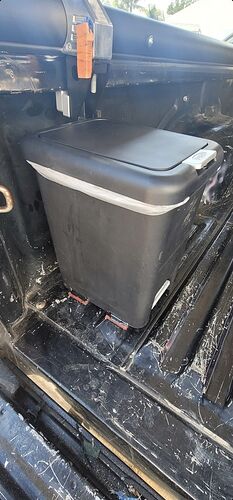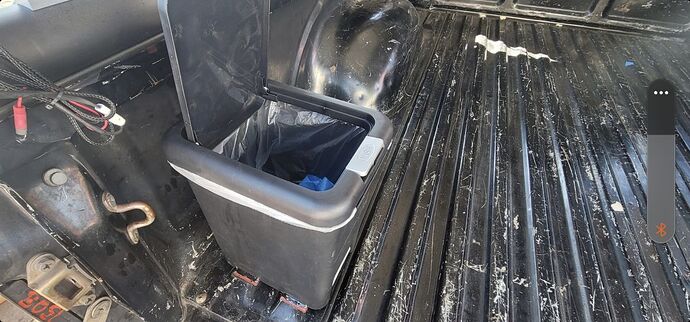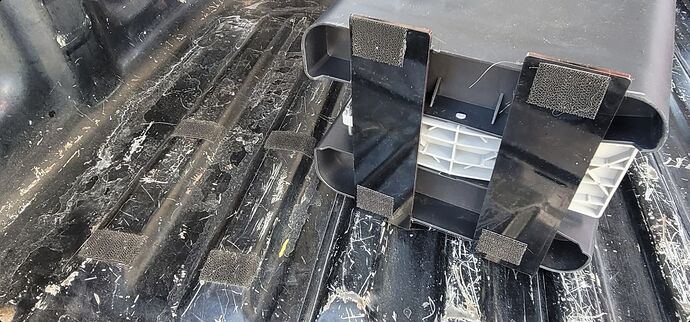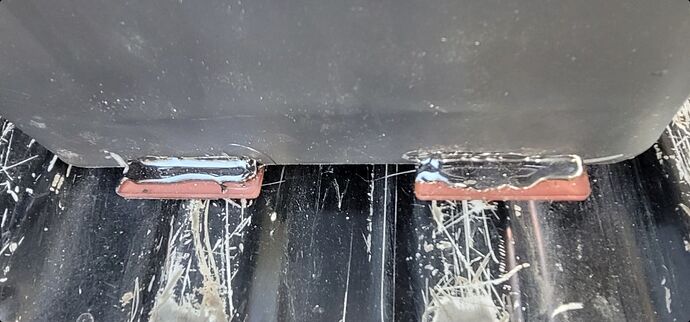Quick post on a temporary/fast buck garbage can.
I wanted a small, unobtrusive garbage can with a lid. I couldn’t decide exactly where I wanted it. I ended up getting a $5.99 plastic can from Dollar General, and hot gluing plastic strips to the bottom. On those strips, I added 3M dual lock snap velcro. Now I can reposition the can wherever I want, easily remove it for cleaning, have multiple mounting points, etc.
I’ll be camping in the GFC again this week so I’ll be testing this out and see how I like it.
UPDATE: It’s a keeper. This garbage can was basically just enough for two days worth of cooking waste. I love the location and the locking lid. Another great, cheap win.



